When is the best time to eat a banana?
Mon 27 Mar 2017, 17:34:56
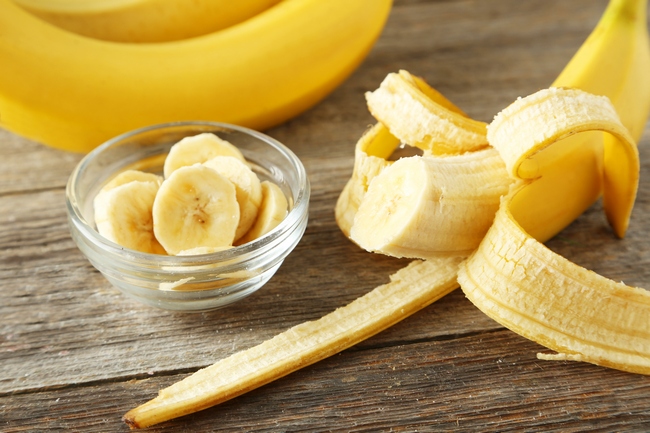
I don't consider myself a picky eater, but there are certain things I just can't swallow. Raw celery, for example, or cilantro. Another one is ripe bananas. When bananas turn bright yellow or start having those hideous brown spots, forget it. I have to throw the whole bunch away. I can't even stand the smell. The only time I can eat the fruit is when the peel is still greenish — at least at the tips.
Apparently, that's not how many of my friends eat their bananas. I've gotten into several heated conversations about optimal ripeness level — so I decided to investigate this and call up some scientists. Is there a best time to eat a banana? Does anything in the fruit change as it ripens?
First off, let's make clear that I'm talking only about Cavendish bananas. That's basically the only type of banana you can find in the US — at least for now. The Cavendish is being wiped out by a disease called Tropical Race 4, and that's because the Cavendish has basically no genetic diversity. But around the world, hundreds of banana species exist — with different shapes, tastes, and colors. Yes, red bananas exist.
Photo by Ralf Roletschek / Wikimedia Commons
Bananas are known for being packed with nutrients — particularly potassium, vitamin C, vitamin B6, and fiber. As the fruit ripens, the concentration of these nutrients does not change, says David Levitsky, a professor of nutrition and psychology at Cornell University. The only thing that does change is that the starch turns into sugar — mainly fructose and glucose. So the longer you wait, the sweeter the banana is going to taste. That doesn't mean that eating a greener banana is healthier, because your digestive system is eventually going to turn the starch into sugar anyway, Levitsky says. So the calorie count doesn't change.
However, eating a greener banana might have some slight added health benefits. That's because it contains just a tiny bit more of a starch called resistant starch, which humans can't digest but is loved by your good gut bacteria. “It's the kind of starchy material that bacteria look to feed on,” says Nicholas Gillitt, vice president of nutrition research and director of the Dole Nutrition Institute. (Dole is one of the world's biggest producers of fruits and veggies.)
proper ladies eating phallic
fruits
fruits
So, if nutritional values basically don't change as the banana ripens, why is the banana considered ripe and ready to eat when it's bright yellow and freckled? (The Dole banana color guide says that the “full yellow” banana is the one with “great eating flavor,” while banana producer Chiquita says that “most people like their bananas when the peel is yellow or yellow with brown flecks.”) It might have to do with the eating standards that banana companies like Chiquita set before anyone in the US really knew what bananas were, says Dan Koeppel, author of Banana: The Fate of the Fruit That Changed the World.
Bananas were introduced to the United States as an import product around 1876, when they were also exhibited as an exotic fruit at the Philadelphia Centennial Exhibition. So at the turn of the century, bananas were a novel fruit and Americans didn't know how to eat them and when, Koeppel says. “Chiquita really had to do a lot to build interest and educate people about bananas,” he says.
First off, Americans (and Europeans) had to learn that it was okay for proper ladies to eat phallic fruits, Koeppel says. In the late 1800s, postcards of nicely dressed ladies eating bananas were distributed all over.
As bananas became a staple of lunch boxes, and banana bread recipes flourished, the lyrics of the Chiquita jingle changed. In 1999, the song began highlighting the nutritional benefits of bananas instead. Apparently 50 years of banana-eating had familiarized America with the fruit's ripening stages.
The problem is, I strongly disagree with Chiquita (and not just because the company is one of the most evil corporations in the world). When bananas “are fleck'd with brown and have a golden hue” I want to throw them in the trash can. But that's okay. The best time to eat a banana really depends on your taste. Levitsky, the nutrition professor at Cornell, wants his banana bright yellow; brown spots are okay but no mushiness. My editor Liz Lopatto thinks all bananas are garbage. And I like them greenish — sometimes so green that peeling them is hard. I think everyone should agree with me, but apparently some don't.
“If you eat a green banana, it's like eating a raw potato,” Koeppel says. “If you eat it uncooked, it's not going to be that much fun for people.”
No Comments For This Post, Be first to write a Comment.
Most viewed from Health
AIMIM News
Latest Urdu News
Most Viewed
May 26, 2020
Can Lionel Messi's visit boost Indian football?
Latest Videos View All
Like Us
Home
About Us
Advertise With Us
All Polls
Epaper Archives
Privacy Policy
Contact Us
Download Etemaad App
© 2025 Etemaad Daily News, All Rights Reserved.

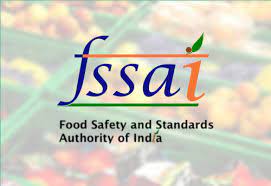
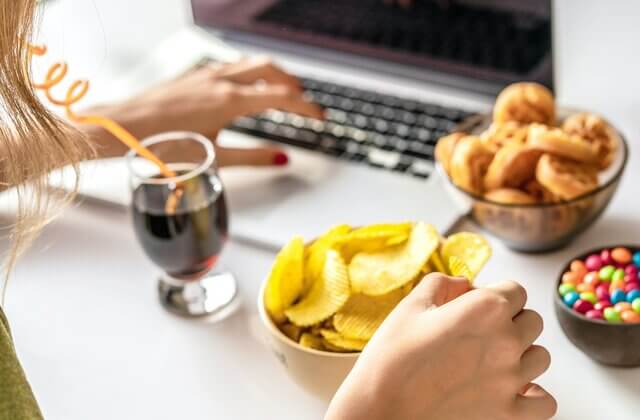
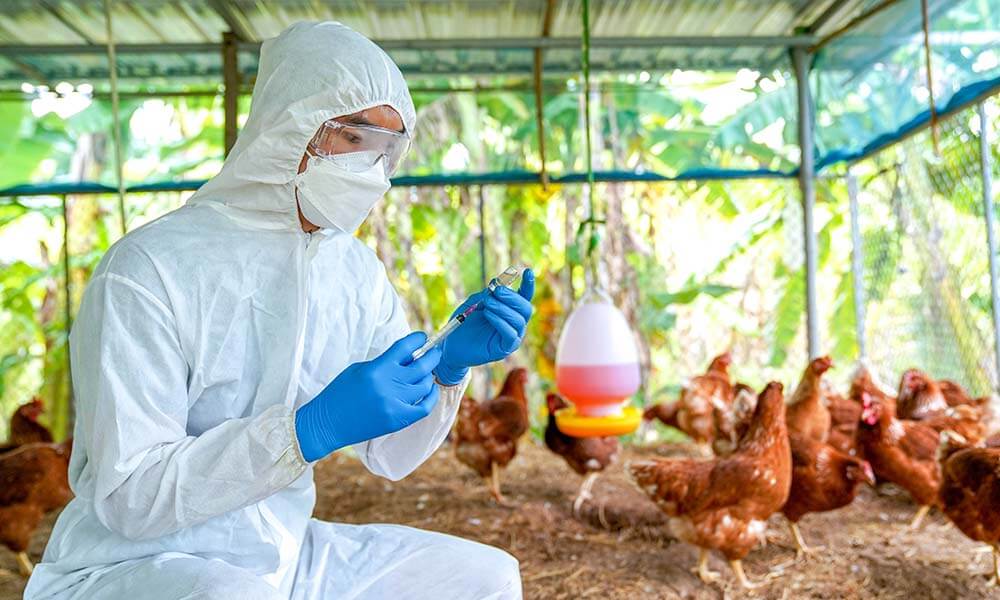
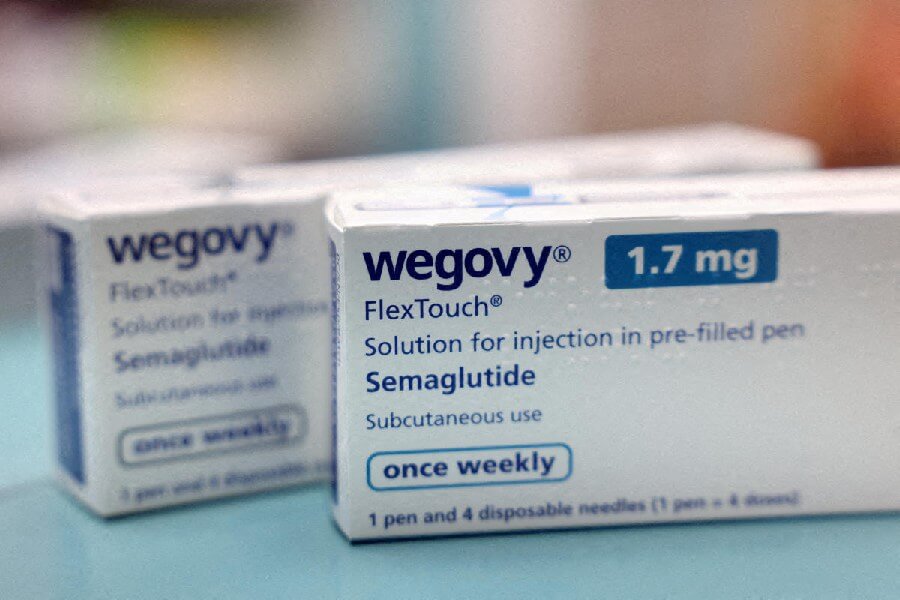
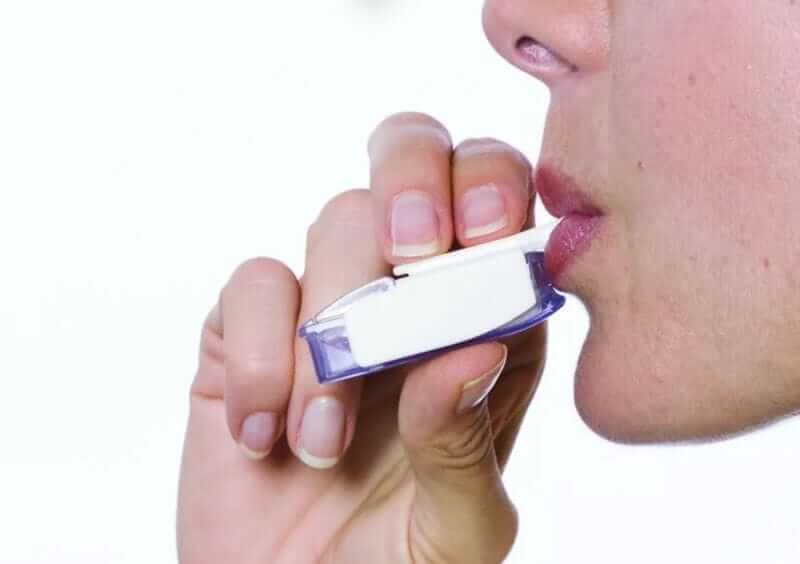
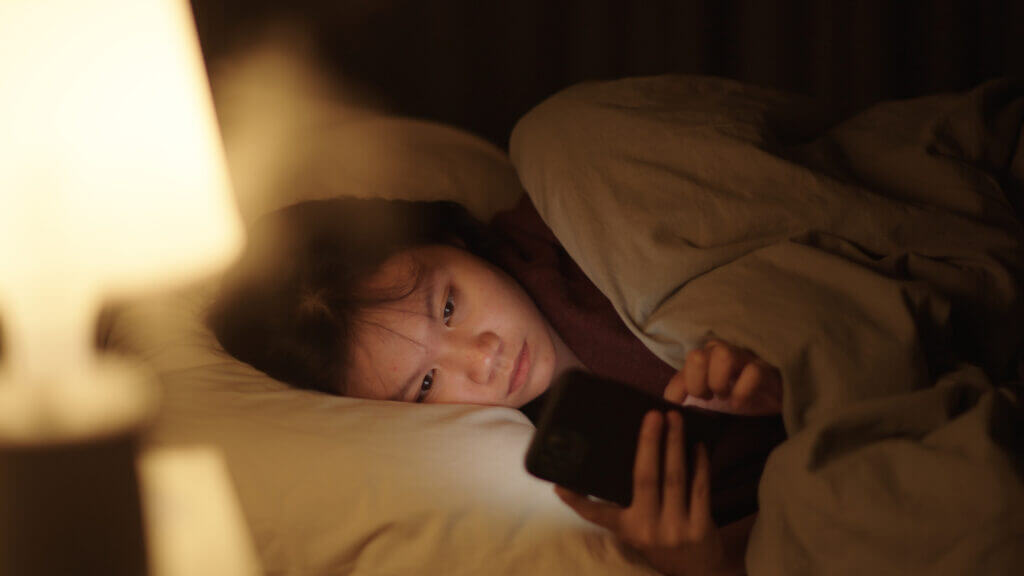
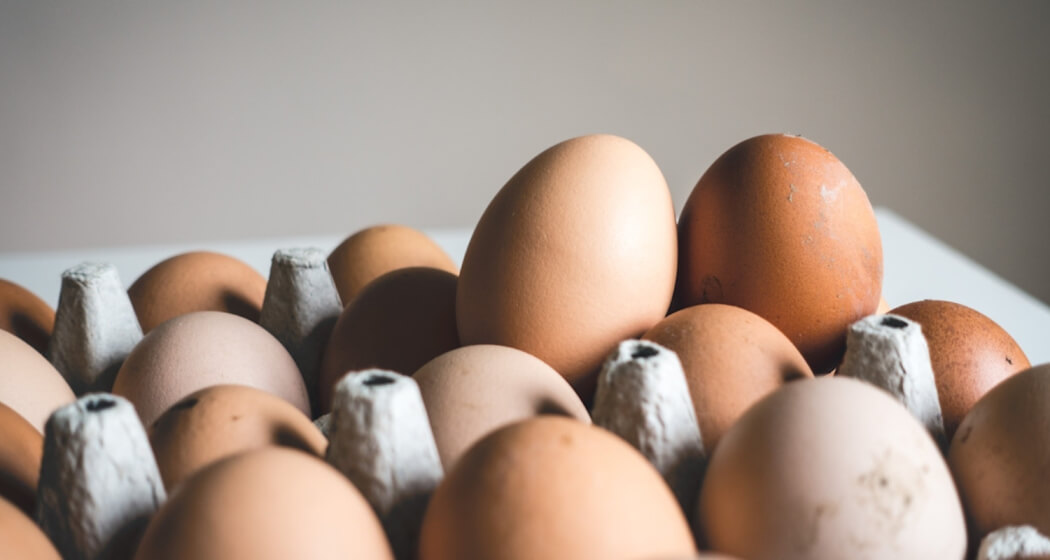
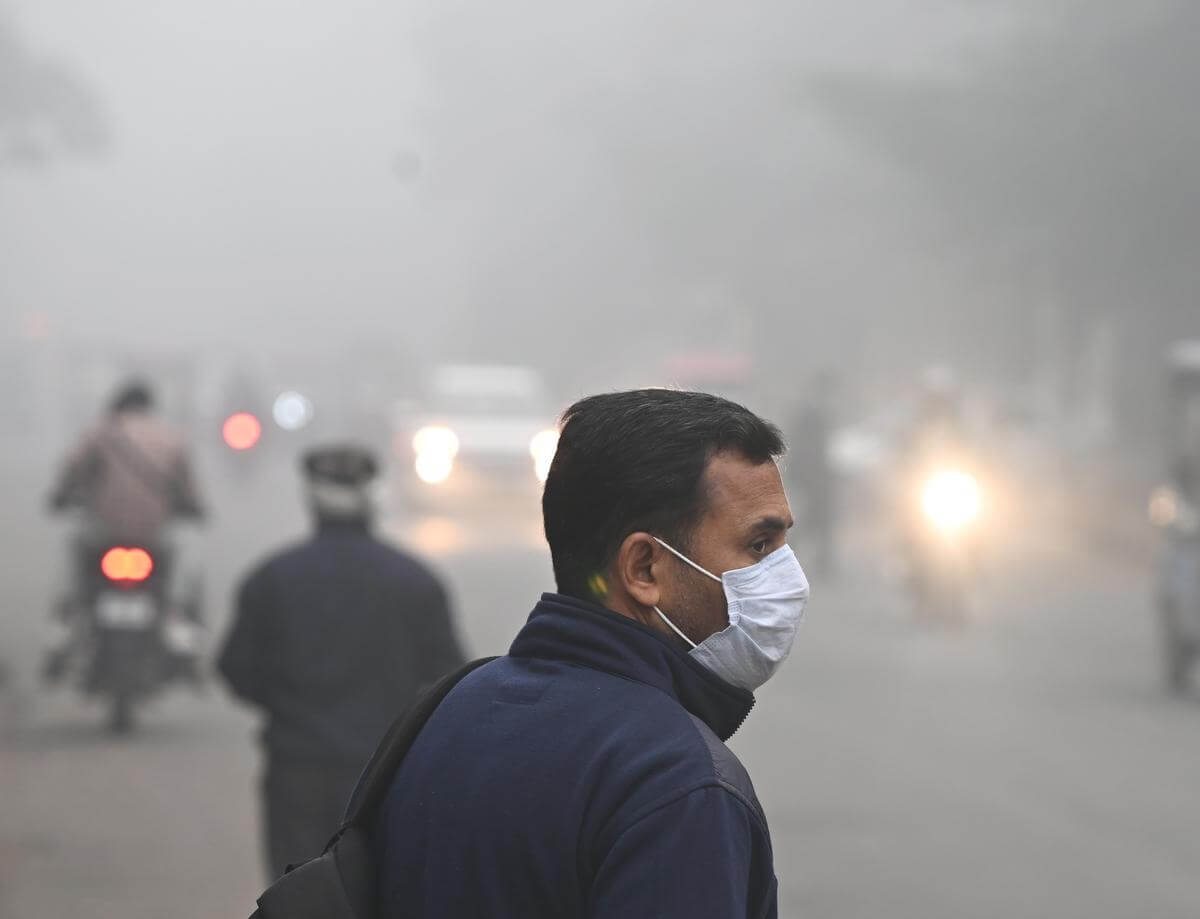
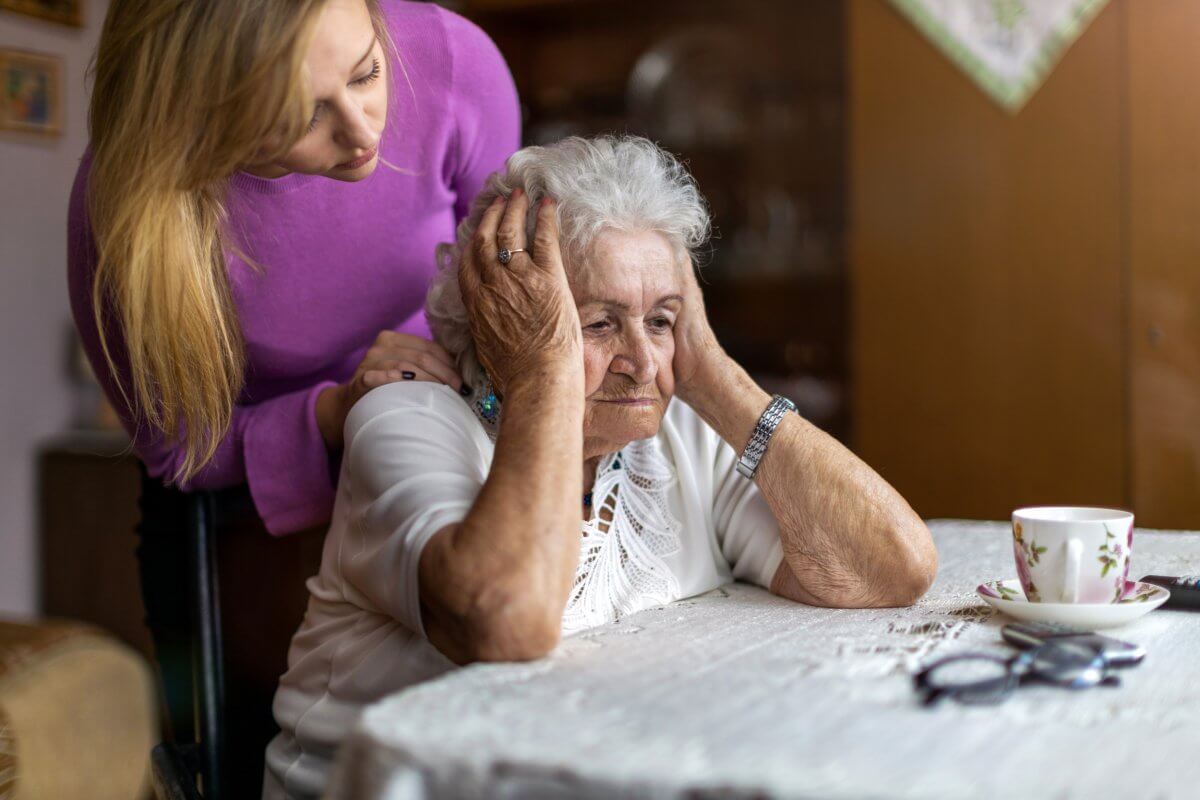
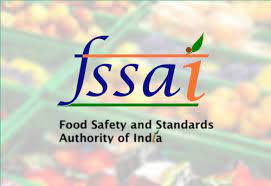
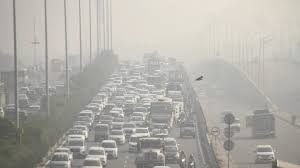
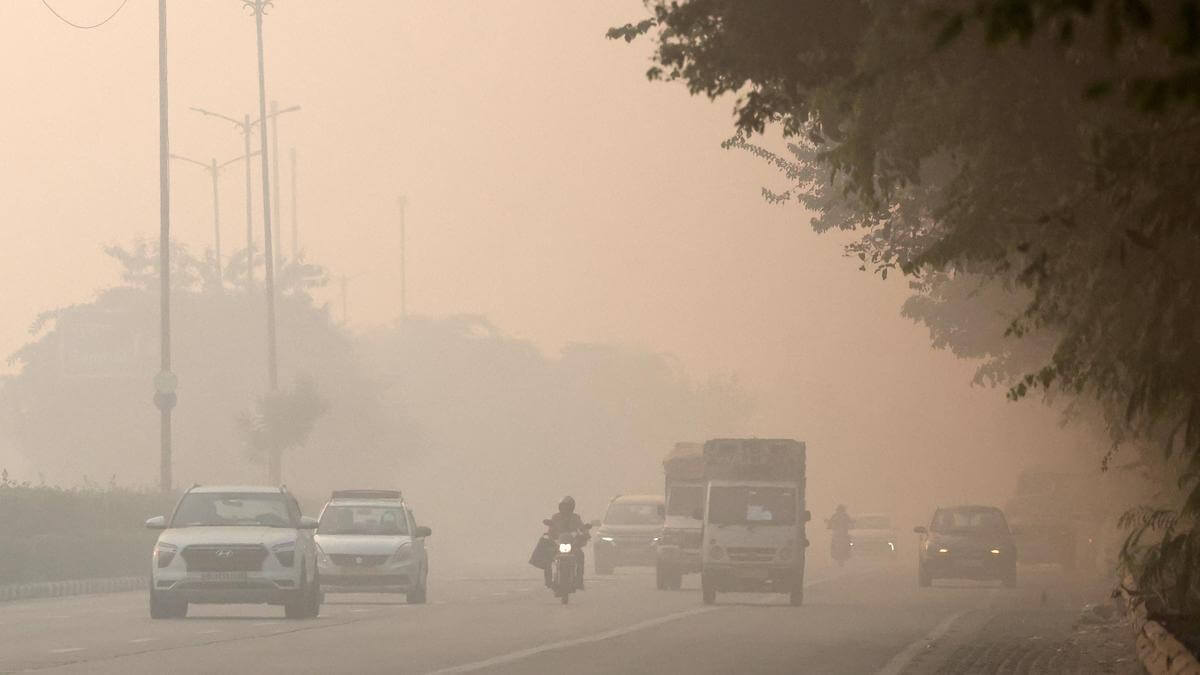












.jpg)
.jpg)
.jpg)


